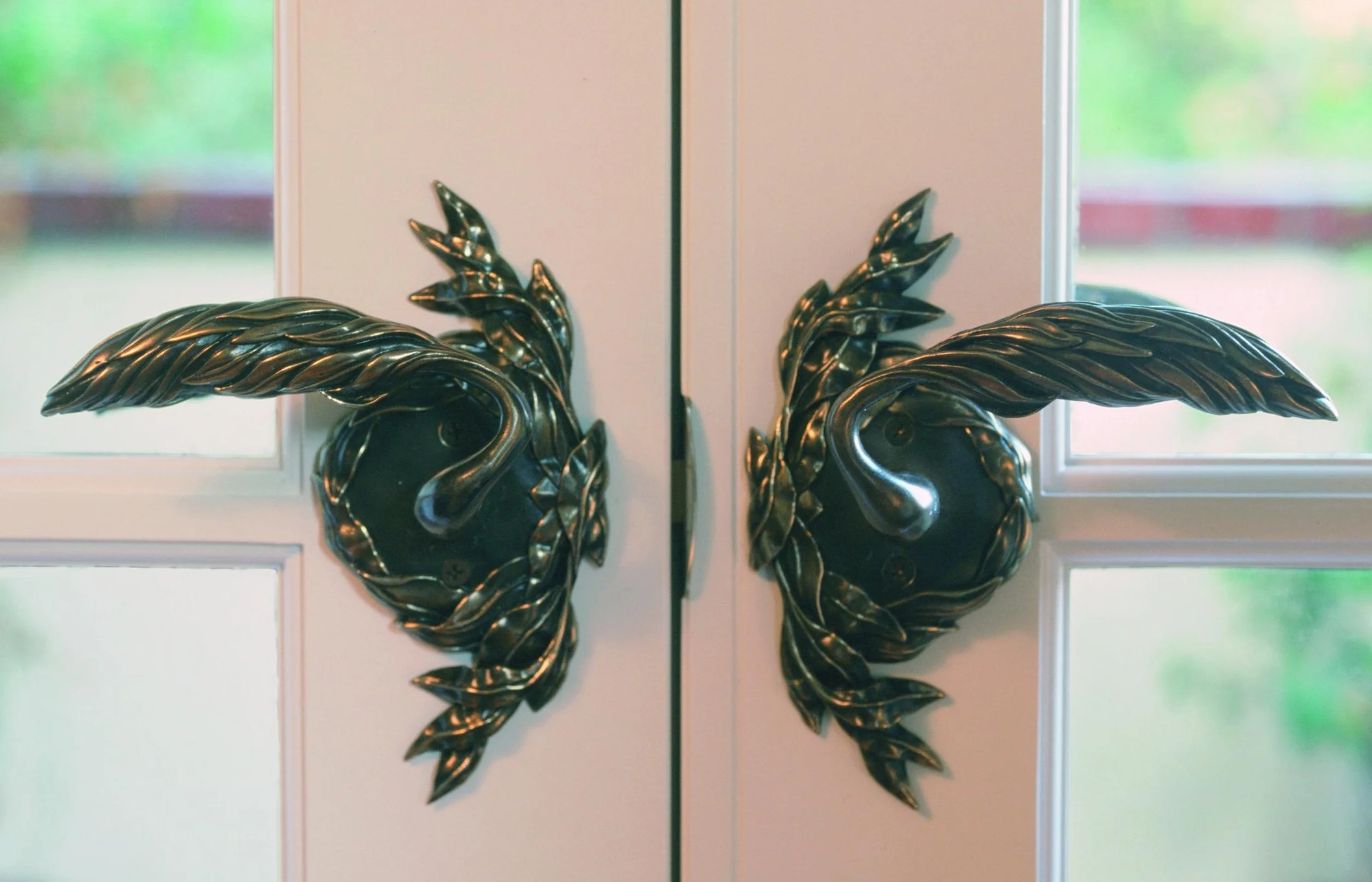We decided to launch 2017 with some notes for designers who may be looking for custom door handles and hope to explain when custom work is a viable option. To begin with, for many people, the term “custom” is used to describe the production of a piece for a specific customer, in other words it is made to order for that customer and not a stocked off the shelf item. In this sense, all of our work is custom as we make every piece to order and each handle is cast, machined and finished according to the designer’s requirements. In this context while the product may be made to order, the patterns, molds and tooling jigs already exist hence the relatively short lead time of 4 to 6 weeks.
The term custom is also used to describe a product that we already make but that needs to be adapted or modified to fit the designer’s specific site conditions. In this context, the viability of adapting an existing piece is determined on a case to case basis. The first consideration is whether the existing mold can be used to create a wax replica that can be modified to achieve the required adaptation. For example, if a designer has a narrow door stile then she made need a narrower escutcheon plate to fit the door comfortably. The grapevine lever set and our large lizard handles have both been customized in this way and the wax replicas were re-shaped by hand to remove ½” to ¾” from the base of both escutcheon plates. Clearly this takes time and not all styles lend themselves to being so adapted.
If the adaptation is too great or the number of pieces too many then the next option is to develop a new pattern and mold(s). This process is inherently expensive as it involves;
Designing and often re-designing a piece.
Creating full scale drawings showing the piece from several perspectives.
Creating a 3 dimensional pattern – one for each piece, if the design calls for a right and left directional piece, then two patterns will be needed.
Creating a rigid mold which will be used to create wax replicas of the original pattern and will be used in the lost wax process to create either bronze or steel castings.
The above steps add considerable time and cost to the production of the piece but if it is a piece being ordered for multiple doors then these costs can be amortized over the cost of the project.


